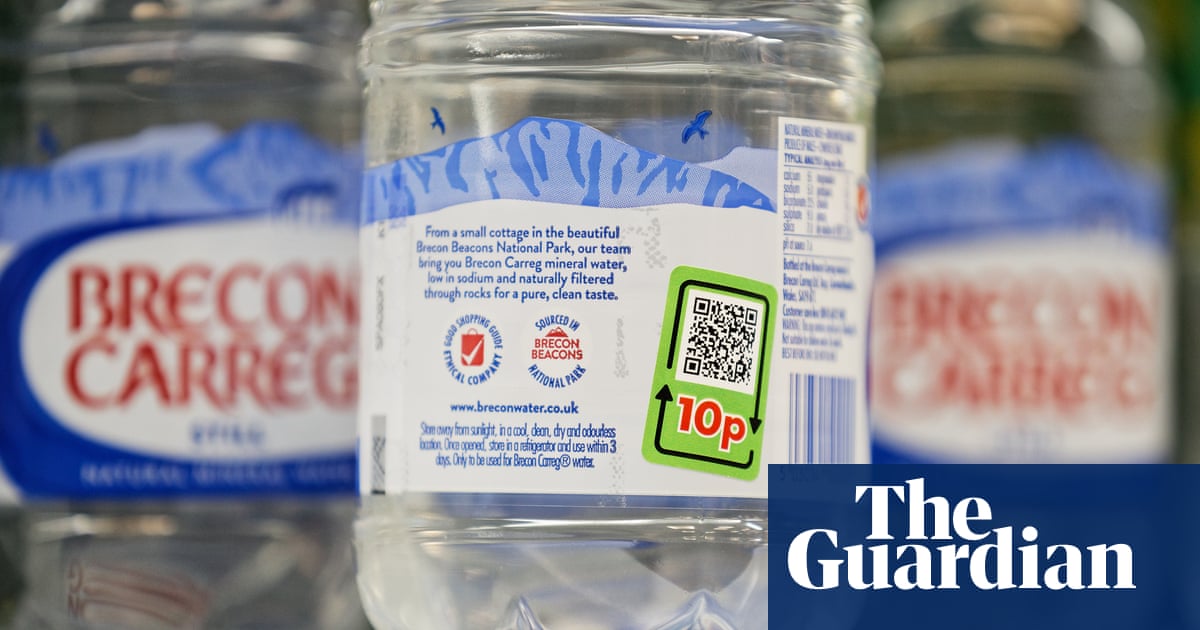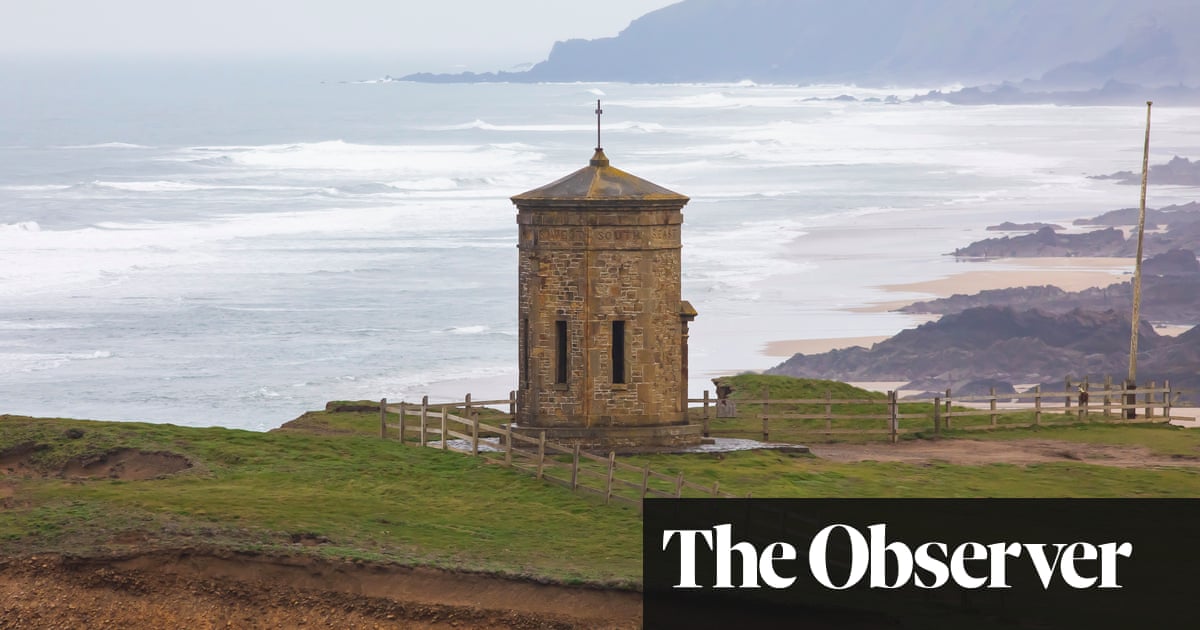
Her arrival, washed up on a wintery Welsh beach, was chilly and dangerous. But the departure of Tally the sea turtle to her warmer home waters has turned out to be much more comfortable.
Tally, a rare Kemp’s ridley sea turtle, who was swept across the Atlantic by the Gulf Stream, is being flown back to Texas with the help of the RAF.
After being nursed back to health at Anglesey sea zoo, Tally was given a military escort to RAF Valley on the island on Wednesday morning. She was blessed by the base’s padre, Mike Hall, carefully loaded on to a civilian plane and flown to RAF Northolt in west London. From there she was driven to Heathrow to be taken to the US on a commercial flight.
Gp Capt Matt Hoare, RAF Valley’s station commander, said: “This is clearly not core Royal Air Force business, but my team here at Valley have been delighted to assist with this most worthy venture.
“It is probably worth noting that the repatriation means that Valley and RAF Northolt would have played a small part in helping save what the lead US turtle rescue charity described to us as one of the most endangered of all sea turtles in the world’s oceans, with only one in 1,000 making it to Tally’s age. It would be difficult to imagine a more threatened animal. We look forward to being able to monitor its progress.”
Acting Sgt Beth Roberts, who has been involved in the planning of the operation, said: “It has given us all a spring in our step to know we are helping. Godspeed Tally!”
The turtle washed up on Talacre beach, near Prestatyn, north Wales – hence her name – in November 2021. She was spotted by a dog walker and reported as “presumed dead” to British Divers Marine Life Rescue (BDMLR). When rescuers arrived, she showed signs of life and was taken to Anglesey sea zoo, where she was nursed back to health.
Kemp’s ridley is the smallest of the sea turtles, with adults reaching about 61cm (2ft) in length and weighing up to 45kg (100lbs).
Returning Tally to the Gulf of Mexico has required a great deal of planning and coordination as the Convention on International Trade in Endangered Species of Wild Fauna and Flora closely controls the transport of listed species.
Gem Simmons, BDMLR’s north Wales rescue coordinator, described how she was initially sent to pick up what was thought to be a dead loggerhead turtle.
But she carried out reflex tests on the turtle and found she was just about alive. Simmons was also amazed to find it wasn’t a loggerhead but a much rarer Kemp’s ridley.
Over the next weeks and months Simmons and her colleagues slowly warmed the turtle up and nursed her back to health. “At first she was completely floppy but after a few days she opened her eyes. It was a rollercoaster of emotions,” she said.
She said it was amazing that Tally was heading home. “I’m not sad, I’m just pleased.” The Welsh team is not absolutely sure she is a female. “But if she is, she will hopefully go on to have babies. The impact of returning a female to the wild is phenomenal – every one does count.”
An organisation called Turtles Fly Too donated the transatlantic flight and the RAF stepped in to help transport Tally to London.
Once Tally arrives in the US, she will be transferred to Houston zoo, where vets will ensure she is healthy enough to be released into the wild. Researchers hope to attach a tracking device to monitor her movements after her release.
Ken Andrews of Turtles Fly Too described this as its “furthest and most complex mission ever flown”.
Mary Kay Skoruppa, the US Fish and Wildlife Service’s Texas sea turtle coordinator, said: “The cold waters of the north-east Atlantic usually result in certain death for this species of subtropical sea turtle in the winter, but thanks to the quick response of a great group of international partners and volunteers, Tally is alive and ready to come home.”
She said Kemp’s ridley sea turtles were at risk of extinction. “So every individual counts. We hope that Tally will grow to maturity and return to nest on a Texas beach in a few years to help ensure her species’ survival into the future.”











